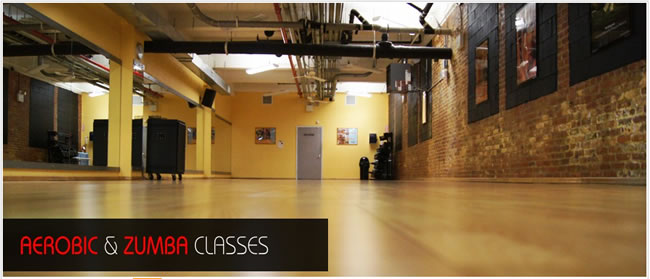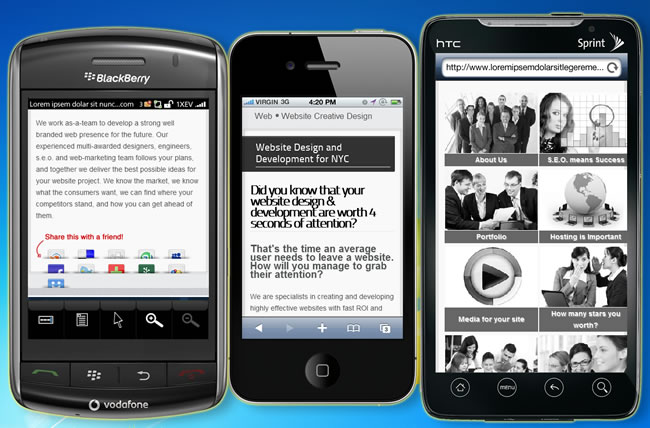The Web Empire Blog
10 Most Important Steps for a Website to succeed 2nd part
 How to succeed in today's web industry
How to succeed in today's web industry
In my last blog article I described and analyzed the 5 most important factors that someone should consider if he/she wants to have a succesfull website. These rules are personal opinions through my 20+ years experience in this industry and few of them are changing year by year. It's important to understand that these are generic rules for a multi purpose website and that they don't always fit all types of websites or businesses.
Let's take a look now at the other 5 factors:
6. Photography
An image is worth a 1,000 words. When it comes to the photography of your website the results should be as professional as possible.
It's important to mention the right photography when we are talking about ecommerce, restaurants or entertainment venues. Your future client should have a full and clear understanding of what he/she will get from you and your business. I've seen many times ecommerce websites that cost tenths of thousands of dollars using photos from an iPhone. Do not use images taken from phones in your website. Cell phones are great devices and you can use them for your personal pictures, but you can't compare the final result with the one from a DSLR camera or from a professional photographer. Researchers say that if you present your subject with the right photography, your business or your products, will have more than triple the chances to get the customer compared with photography from a mobile device.

At the same time, the right photography gives you another important advantage. People love to share images that are nice and clean on their social networks. Imagine yourself, would you ever share something that is blurry or noisy or even worst with dark or wrong colors? Probably not. Don't risk it with Photography. It's really important to understand the role you play for your website. Just as you would hire a company to create your website, marketing, and image, you should do the same for your photography or - at least - buy a professional DSLR camera and do it by yourself, the right way.
7. Typography
What you write and how you write it. Typography on the web has to do with your logo, your branding, the banners, and the font family you are using inside your website and your social media marketing.

Better Typography means more incoming traffic. Make browsing easy for your users, and don't create something that is hard to read. Always keep in mind that almost 70% of North American users are browsing the internet through a cell phone. This means that everything must be clear and scalable. In the last years, responsive website layouts and specific mobile versions of websites have seen huge growth in the market - solving that problem. But what if you can't afford to have this type of technology? Follow up with some basic rules on typography and everything will be easier.
Always remember that if you can't read it, no one else can.
8. A newsletter system
People want you to communicate with them. They expect you to send them once in a while a special promotion offer or to share your new products or services.
I hear from time to time "I receive so many newsletters that I never read them, there is no need for me to have a newsletter, who is going to write it?", which is a major mistake. More than 80% of users open their newsletters. It's so easy and cheap for a website owner to create and maintain a newsletter. If you advertise your business through magazines, flyers, radio, or TV (way more expensive solutions/results), why not save some money and go with the digital era? This option is also eco-friendly since newsletters don't use paper or consume important energy in comparison with traditional mail.

There are hundreds of Newsletter systems out there. It's important though to use the right one. From 2003 in the US and from 2005 in EU there are specific regulations for the newsletter systems to avoid being considered spam (Spam Act). Terms and conditions, specific privacy policies, and most important: the Unsubscribe button. Even if the users that subscribe to your newsletter do so by themselves, you have to be sure that they can unsubscribe quickly and easily without searching your whole website. Don't let your domain name get blacklisted. If you don't know what to choose ask your web developer or use services like iContact. By time with the correct usage of a newsletter system, you will increase your web followers and your clients, and at the end of the day your business results, with very low-cost marketing tactics.
9. The - so called - About Us Page
For many web developers, the about us page should be on the top 5 of importance. The "About Us" section of a website is a reflection of yourself. Everyone that wants to deal with you for the first time will visit this page. Since people don't have the time to read huge articles or view hundreds of images, you have to keep it clean and small. Include important key elements of your business, but don't overdo it with the past. Visitors are interested to know what you are doing today, not what you did 20 years ago, or your family tree from the beginning of the 20th century. Even if your history is so great and worth mentioning, make separate links to different articles, not to the main page.

Seriously I've seen so many badly written "about us" pages that you can't imagine. A nice idea is to put a small -less than a minute- video explaining fast, using important keywords, what you are doing, and why a customer should choose you. Pick 2-3 images, put your team or your executives inside, and transfer the public image of your business like you want it to be. Proofread and edit your writing, and even ask help from a copywriter. Investing in your "About Us" page will never be a loss of time. You will use this page for future references many times, and you'll also feel confident that you have something right out there about your business.
10. Mobile Website
Finally a new entry since last year, the mobile website. With more and more internet users on the road, something that was considered an extra only two years ago now is a must for many types of websites. Of course, mobile websites are not for every type of business. Giving visitors the ability to access your website through their native environment is considered a plus. They will browse your pages much faster, and they won't have to zoom in - every 3 seconds to see something.

Mobile website's costs are not very high. If you've built your website based on a CMS system then an average cost of $1,500 up to $5,000 is considered logical. It depends on how many custom techniques your programmer used on your existing website, and how hard it would be to transfer them into the mobile website. Another factor that increases the cost is the images that you used, the typography, and of course the layout. In general the older the site - the higher the cost for transformation.
In Conclusion
Since the internet is considered a live community of users and businesses that interact with one another globally, giving these community-specific rules for success is an illusion. There are though the above 10 steps that you should take into great consideration before proceeding with a new website or upgrading your existing one. Everything is based on experience, and where the market is heading nowadays. If you follow the market you won't be innovative, but on the other hand, you'll avoid failure. Be optimistic, be prepared, spend time with your developer, and at the end of the day you'll end with a final result that will satisfy you and your audience.
About the author
John Varsamis is a senior developer and web strategy consultant with decades of experience.
